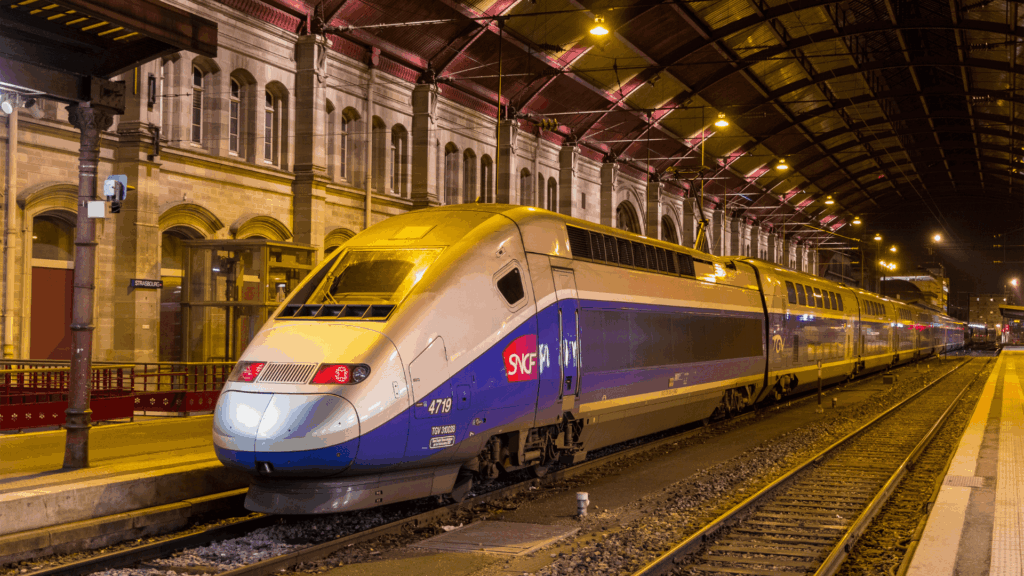Are we misusing the term “Total Revenue Management”?
Total Revenue Management” is on everyone’s lips. It’s mentioned in conferences, executive committees, strategic plans...
See more
Every summer, the promise of train tickets at half the price resurfaces. The latest idea: booking a longer journey to pay less for your actual stop. Discover why, from a yield management perspective, this technique is often illusory and not very profitable.
In this article published in early July, the promise is enticing: “What if you could travel by train this summer… for half the price? This summer, SNCF has a little secret for travelers: a very simple yet remarkably effective trick to lighten the bill. Forget the stress of rising prices—you might just set off at half the cost, for the same experience and the same beautiful view.”
When yield management is your profession, you know very well that no trick can deliver such savings. And that there is no little secret to reveal.
Journalist Loulou Pellegrino, from Modes & Travaux, shares information that is, in itself, entirely accurate: some longer journeys can indeed be cheaper than shorter ones, even though they use the same tracks and serve the same stations. This is true on certain lines, depending on demand or competition.
For example, a Paris–Marseille trip, which faces competition from Air France and Vueling, can end up costing less than a Paris–Avignon ticket, even though the train stops in Avignon before continuing on to Marseille. So, to get to Avignon at a better price, you could simply book a Paris–Marseille ticket and get off in Avignon. And this is sometimes the case.
This is the famous trick… But it only applies in rare situations and it certainly does not allow you to pay half the price. In fact, the examples provided by the journalist herself are quite telling:
But what the article doesn’t mention is that this trick doesn’t work for the return journey. Because a Mannheim–Paris ticket does not allow you to board in Strasbourg. You are required to board at your departure station—and only there. If there are automatic gates, you’ll be turned away. If there’s a conductor, you’ll be fined.
In reality, the 44% saving only applies to one leg of the trip. So in fact, you’d save 22% on your entire journey, not 44% (assuming the return ticket costs the same as the outbound).
This Paris–Mannheim example is presented as “an example,” implying “one among many.” In reality, this configuration is the only one that allows such a saving, and no other comparable case was identified.
The following examples reveal the emptiness of this claim:
“Paris – Angers (€89) becomes Paris – Nantes (€70) with a stop in Angers,” which is a 21% saving on the outbound trip, but only 10.5% round-trip since it only works one way.
“Paris – Marseille (€109) can be booked as far as Toulon (€99) to get off in Marseille,” a 9% saving, or actually 4.5% round-trip.
“Montpellier – Belfort (€114) turns into Montpellier – Strasbourg (€92), with an intermediate stop,” a 19% saving, or 9.5% round-trip.
Where did the promised 50% savings go? The so-called “remarkably effective” trick that would let you travel for half the price? In reality, you have to go to Strasbourg and pick the right schedule to achieve, at best, around 20% savings on a round trip.
Total Revenue Management” is on everyone’s lips. It’s mentioned in conferences, executive committees, strategic plans...
See moreDynamic Pricing still scares many companies. However, those that adopt it are better able to...
See moreEvery hotelier creates a different experience, atmosphere and emotion. Yet many continue to base their...
See more